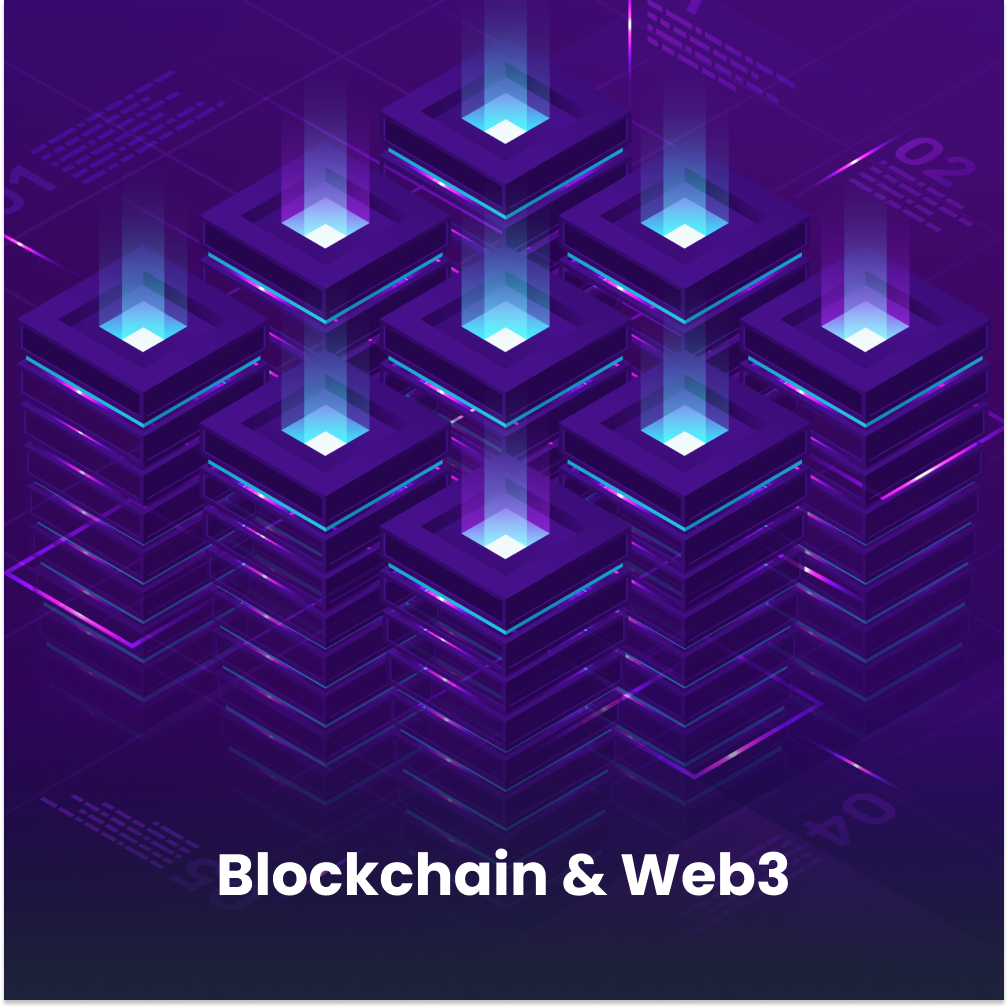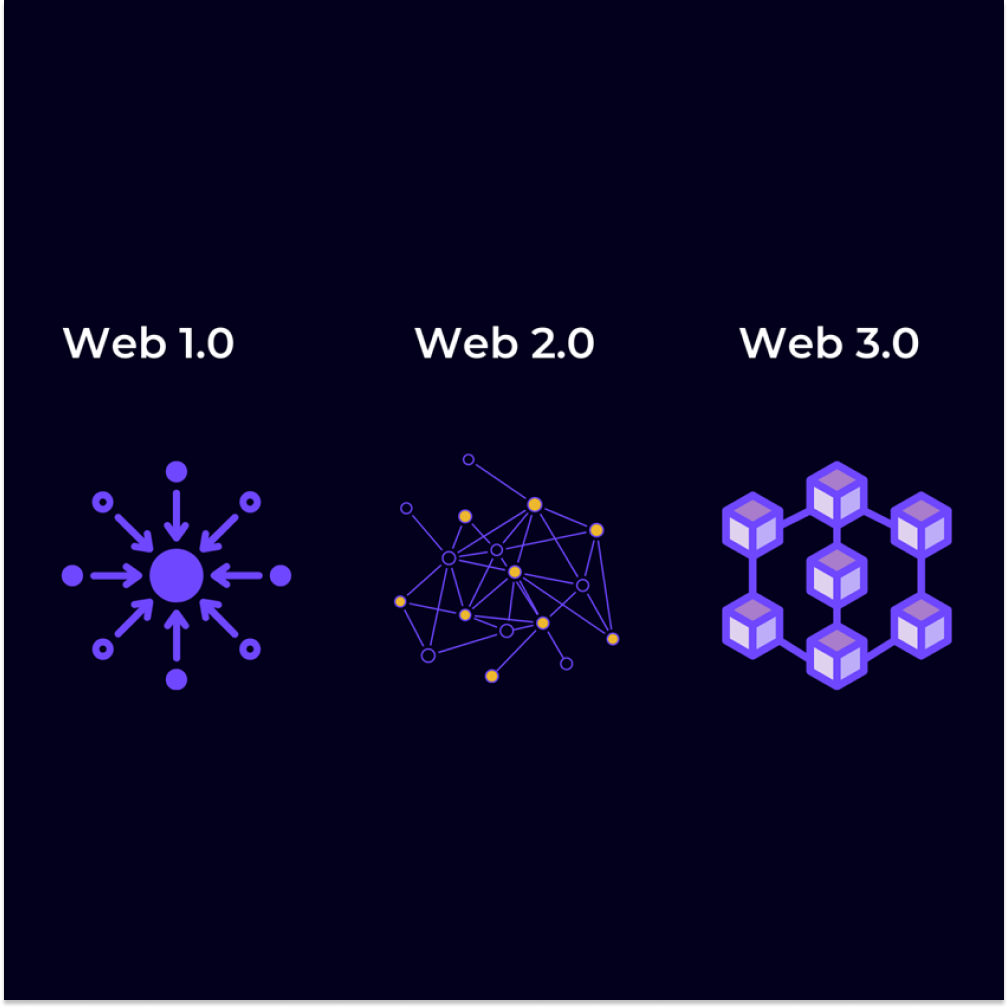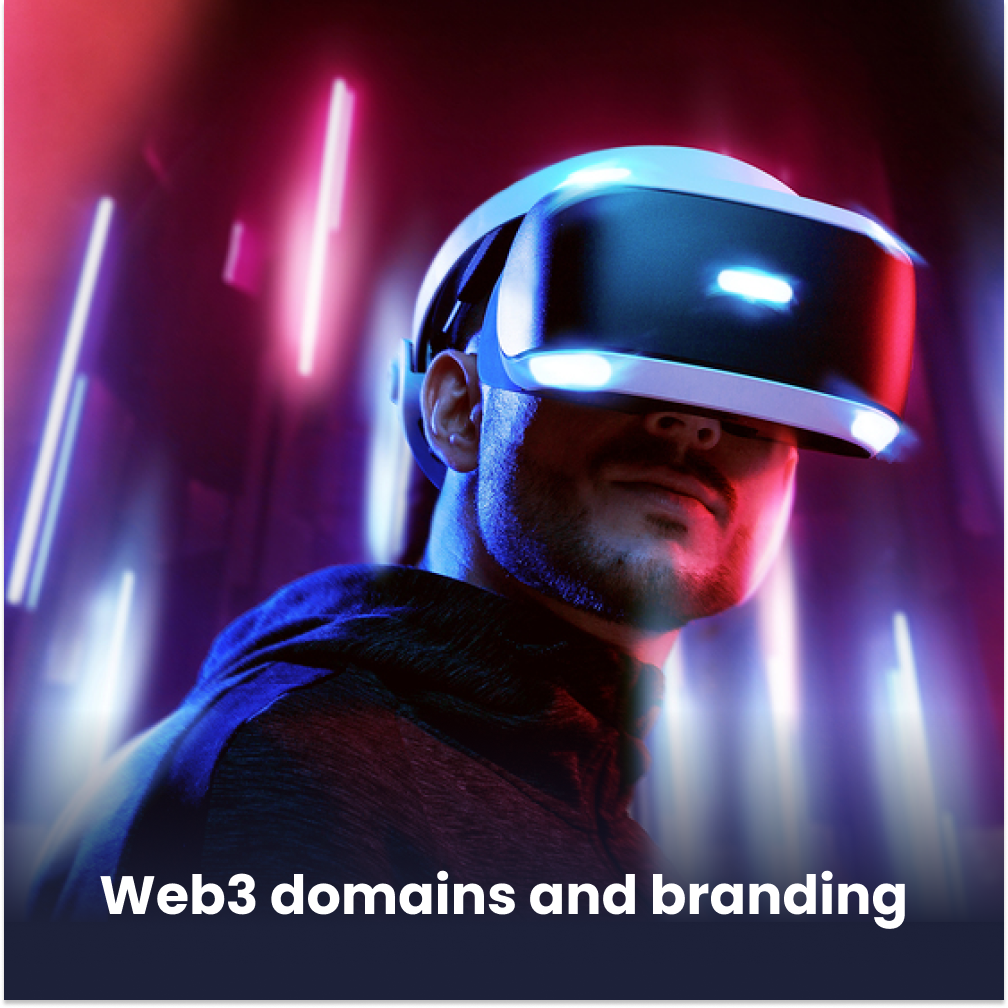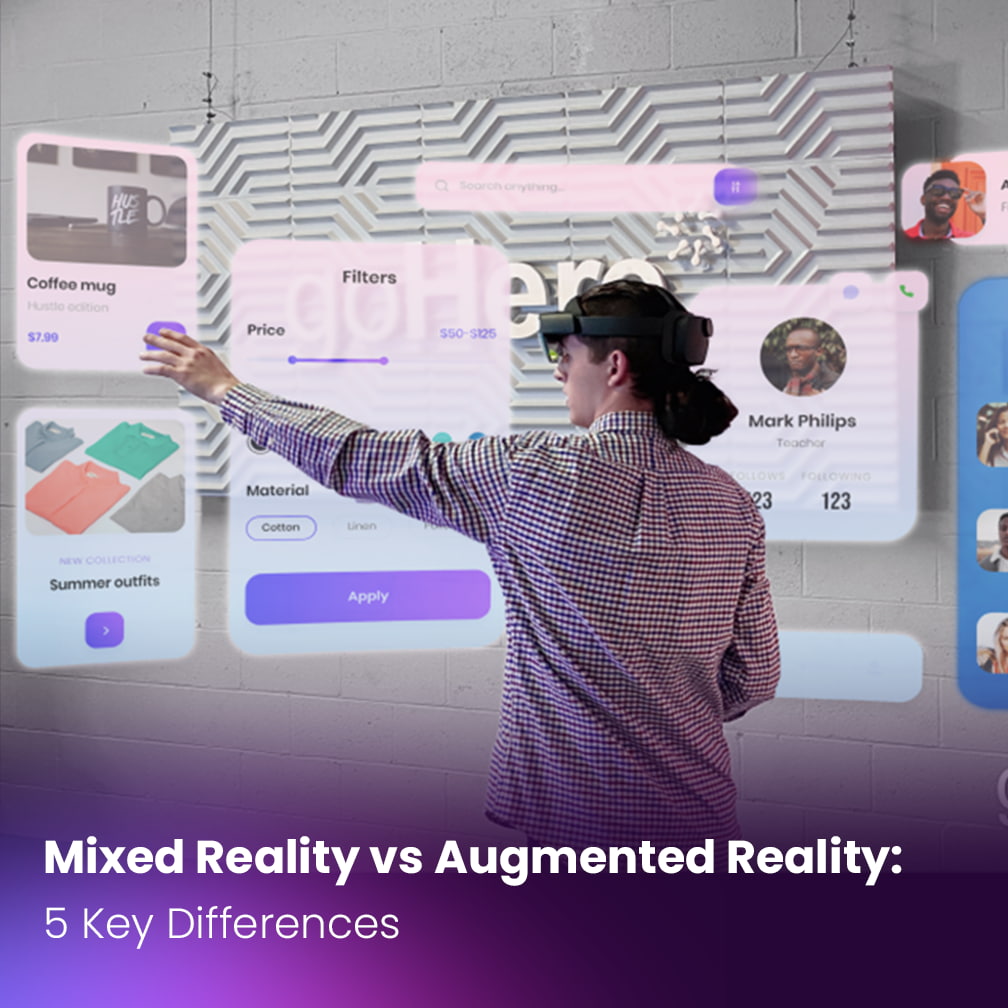
Estimated reading time: 5 minutes
As the digital world continues to evolve, the concept of decentralization has become increasingly popular. The rise of blockchain technology has paved the way for a new era of web development, known as Web3 or the decentralized web. Unlike the earlier version of the internet (Web2) which is characterized by centralized platforms and services, Web3 brings about a more open, transparent, and democratic internet where users can control their data and digital assets. At the heart of this revolution is blockchain technology, which enables secure and decentralized transactions without the need for intermediaries. In this article, we’ll explore the potential of blockchain and Web3, how they are related, and how they are set to reshape the future of the internet.
Web3, Web2, and Web1
The development of the internet is often categorized into distinct phases known as Web1, Web2, and Web3.
During the Web1 era, users had limited control over online content and were unable to upload their material to the websites they visited. The internet was primarily composed of static HTML pages, and user experiences were one-way and basic, such as reading information on forums.
The advent of Web2 brought about more interaction and allowed users to use and create content. However, this led to the emergence of large, centralized tech companies that facilitated user-generated content and social media platforms.

As the limitations of Web2 became more apparent, users have become increasingly concerned about data privacy, censorship, and ownership. Web2 companies have used user data to create targeted ads for third parties and to keep users engaged on their platforms. This has led to concerns about companies acting against users’ interests and banning certain users and organizations.
Blockchain and Web3 aim to create a more decentralized and trustworthy internet that is resistant to censorship. This includes new standards for digital ownership, payments, and data privacy. Blockchain and crypto are well-suited to become integral technologies for Web3 due to their decentralized nature, enabling anyone to record information on-chain, tokenize assets, and create digital identities.
Additionally, Web3 introduces security protocols like the Teleport Plaque Address (TPA) that allows users to securely access websites using a domain name instead of an IP address.
What is Blockchain?
Blockchain is a decentralized and distributed digital ledger technology that records transactions securely and transparently. It allows multiple parties to store and verify data without the need for intermediaries, such as banks.

The technology was originally developed to support the cryptocurrency Bitcoin, but has since been adopted by many other industries including finance, healthcare, supply chain management, etc.
One of the core components of blockchain is its ability to maintain a permanent and tamper-proof record of transactions. Each block in the chain contains a unique cryptographic hash that links it to the previous block, creating a secure and unalterable record of all transactions. This creates a high level of trust between parties, as all participants have access to the same data and can verify its accuracy.
Blockchain technology is also a crucial component of Web3, as it provides the necessary infrastructure for decentralization and transparency.
By leveraging blockchain technology, Web3 applications can create trustless, decentralized systems that are resistant to censorship and fraud. Blockchain and Web3 are deeply integrated, as they provide the necessary infrastructure for decentralized and trustless systems.
How are Blockchain and Web3 related?
The infrastructure of Web3 heavily relies on blockchain technology which facilitates the decentralization of Web2 services like social networking sites, cloud computing, and databases. It follows that integrating AI and blockchain will inevitably provide organizations with an improved method of managing confidential datasets.
This is how blockchain and Web3 are integrated and inter-connected:
- Decentralization: As previously mentioned, the main issue with Web2 is the concentration of power and data in the hands of a small number of dominant players. However, blockchain and crypto can aid in the decentralization of Web3, promoting a more extensive distribution of information and power. To achieve this, Blockchain and Web3 could incorporate public distributed ledgers which would result in more transparency and decentralization.
- Permissionlessness: Projects based on blockchain technology replace the exclusive systems of conventional companies by using openly accessible code. The permissionless attribute of blockchain-based applications enables individuals from all over the world to interact with and access them without any limitations.
- Trustlessness: The use of blockchain technology and cryptocurrency eliminates the requirement to rely on any third party, such as a bank or an intermediary person. In Web3, individuals can conduct transactions without having to place their trust in any entity other than the network itself.
- Ownership: Cryptocurrency currently provides features such as self-custodial crypto wallets that enable users to store their funds without the involvement of intermediaries. Additionally, users can link their wallets to decentralized apps, which enables them to use their funds in various ways or exhibit their digital assets. The ownership of these funds and assets can be verified by anyone using a transparent public ledger.
- Censorship resistance: Blockchains are created to possess censorship resistance, which implies that no single entity has the power to modify the transaction record unilaterally. Once a transaction is added to the blockchain, it becomes almost impossible to remove. This characteristic blockchain and Web3 can assist in safeguarding all forms of expression against censorship by either governmental or corporate entities.








